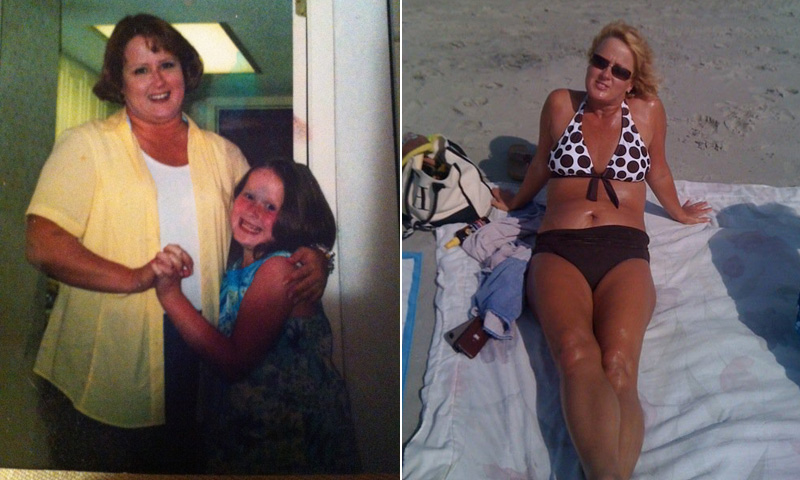Filed under: In the news
 Getty
Getty
There's never been a better excuse to tuck into a spicy curry because researchers have found that chillies could help to protect against heart disease.
The Daily Mail reports that researchers at the Chinese University of Hong Kong have found that the compounds that give cayennes, jalapeños and other chilli peppers their heat can help to lower blood pressure and reduce blood cholesterol.
Scientists looked at substances called 'capsaicinoids', which is what gives chillies their spicy kick.
In one study they gave two groups of hamsters high-cholesterol diets, before giving one group food with varying amounts of capsaicinoids while the other control group had foods with no capsaicinoids.
They found that the spicy foods lowered levels of bad cholesterol by breaking it down and making it easier for the body to excrete.
They also blocked the action of a gene that makes the arteries contract, restricting the flow of blood to the heart and other organs. This had the effect of relaxing muscles and allowing the blood to flow more easily.
Study author Dr Zhen-Yu Chen said: "We concluded that capsaicinoids were beneficial in improving a range of factors related to heart and blood vessel health.
"But we do certainly not recommend that people start consuming chillies to excess. A good diet is a matter of balance. And remember, chillies are no substitute for the prescription medications proven to be beneficial. They may be a nice supplement, however, for people who find the hot flavour pleasant."
Do you like spicy foods? Let us know below...
Click on the image below to find out which are the best juices to boost your health...
- Cranberry<p> Heart-healthy cranberry juice is known for preventing gum disease and has anti-bacterial properties that help fight off urinary tract infections.</p>
![Cranberry]()
- Grapefruit<p> Get your daily dose of Vitamin C, potassium, lycopene and beta-carotene in your breakfast glass of grapefruit juice. A U.S. study found that grapefruit juice helped with weight loss, and it can improve the efficiency of certain drugs (like cancer medication). Be careful, though - it can interfere with certain prescriptions, like heart medications, so check with your GP.</p> <div> </div> <div> </div>
![Grapefruit]()
- Apple<p> The childhood favourite is full of cancer-fighting polyphenols, iron and potassium, but beware of the sugar levels. Studies have suggested the fruit juice can help protect the heart (thanks to phytonutrients), prevent asthma and delay age-related cognitive decline by staving off Alzheimer's.</p>
![Apple]()
- Carrot<p> An excellent source of vitamins A and C, carrot juice helps maintain vision and boosts immunity. Researchers at Newcastle University found that the compound falcarinol, found in carrots, was linked to a lower risk of developing colorectal cancer in rats. </p>
![Carrot]()
- Pomegranate<p> Pomegranate juice is high in antioxidants and studies have found that eight ounces of the stuff a day can help lower blood pressure, reduce "bad" cholesterol levels and minimise the risk of cardiovascular disease. Scientists at the University of California also found that pomegranate juice can help slow the growth of prostate cancer.</p>
![Pomegranate]()
- Beetroot<p> Known to boost stamina, beetroot juice has also been <a href="http://lifestyle.aol.co.uk/2012/03/23/beetroot-juice-can-reduce-blood-pressure/" target="_blank">linked to lower blood pressure</a>. Scientists from the University of Reading found that just 100g of beetroot juice can result in a reduction in blood pressure that lasts up to 13 hours.</p>
![Beetroot]()
- Cherry<p> Researchers discovered that a glass of dark cherry juice has the same health benefits as eating 23 portions of fruits and vegetables, thanks to the high antioxidant content. A study in 2011 found that cherry juice is a great option for athletes since it helps reduce muscle damage caused by exercise.</p>
![Cherry]()
- Pineapple<p> Fresh pineapple juice contains bromelain, which aids in reducing inflammation and helps with digestion. The anti-inflammatory properties of pineapple juice have been shown to help arthritis sufferers. </p> <div> </div>
![Pineapple]()
- Blueberry<p> Not only is it known to reduce the risk of heart disease and cancer, researchers from the University of Cincinnati found that flavonoid-rich blueberry juice served as a memory booster that had pensioners who drank a pint a day performing up to 40 per cent better in memory tests, thanks to compounds in the juice known as anthocyanins. Another study found that blueberry juice can help with weight management by reducing food intake. </p>
![Blueberry]()
- Red and purple grape<p> Dark grape juice is thought to have similar health benefits to red wine: helping maintain a healthy blood pressure, reducing "bad" LDL cholesterol levels and promoting healthy arterial function, as well as protecting the brain. The compound resveratrol, found in red grape skins, may help fight cancer.</p>
![Red and purple grape]()
- Orange<p> Packed with vitamin C, orange juice helps protect against inflammation, lowers blood pressure, keeps joints healthy and fights off cell-damaging free radicals. All that before you've even finished breakfast.</p>
![Orange]()
- Tomato<p> The antioxidant lycopene has been shown to reduce the risk for a variety of cancers, and tomato juice is also high in beta-carotene, potassium and vitamin C, and helps protect skin from sun damage. Just watch the sodium content, which can be high in some brands.</p>
![Tomato]()
Be a fan of Lifestyle on Facebook | Follow us on Twitter! | Sign up to our newsletter



































